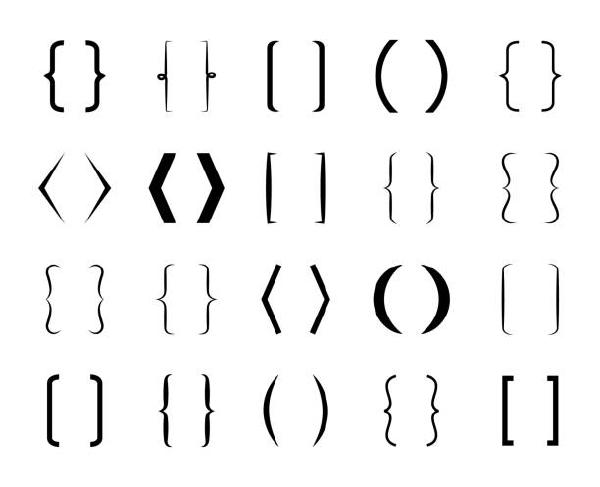Removing duplicates from a sorted array is a common coding interview question.
It’s simple at first glance, but it’s also a great way to learn in-place array manipulation and the two-pointer pattern.
In this article, we’ll break it down so even if you’re new to Java, you’ll understand not just how to do it, but why it works.
Why This Problem is Important #
- Teaches two-pointer logic: A fundamental pattern in algorithm design.
- In-place modification: Useful when you want to save memory.
- Common interview question: Appears often in technical screenings.
Problem Overview #
We are given:
- An integer array
nums, sorted in non-decreasing order. - We need to:
- Remove duplicates so that each unique element appears only once.
- Keep the relative order of elements the same.
- Modify the array in-place without creating another array.
- Return
k, the number of unique elements.
The values beyond index k-1 don’t matter.
Example #
int[] nums = {0, 0, 1, 1, 1, 2, 2, 3, 3, 4};
Output
k = 5
The array nums is modified to:
[0, 1, 2, 3, 4, _, _, _, _, _]
The underscores mean that the values at those indices are irrelevant after processing.
Thought Process #
Because the array is already sorted:
- All duplicates will be next to each other.
- This makes it easy to detect duplicates by comparing the current element with the previous one.
We can:
- Use a pointer
kto track where the next unique element should go. - Iterate through the array starting from index
1. - If the current element is different from the previous one, put it at index
kand incrementk.
Step-by-Step Flow #
Imagine nums = [0,0,1,1,1,2,2,3,3,4]:
- Start with
k = 1(because the first element is always unique). - Move through the array with index
i:- If
nums[i] != nums[i - 1], it’s a new number → put it atnums[k], thenk++.
- If
- At the end,
ktells us how many unique numbers there are.
Complexity #
- Time Complexity: O(n) → We scan the array once.
- Space Complexity: O(1) → No extra array, we modify in-place.
Final Code #
public static int removeDuplicates(int[] nums) {
int k = 1;
for (int i = 1; i < nums.length; i++) {
if (nums[i] != nums[i - 1]) {
nums[k] = nums[i];
k++;
}
}
return k;
}






